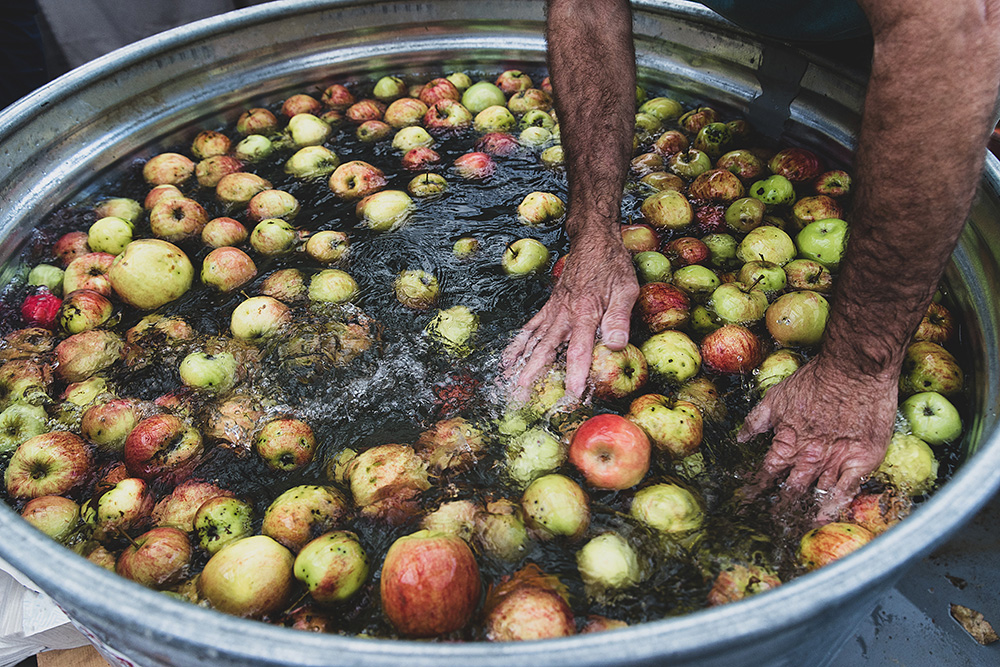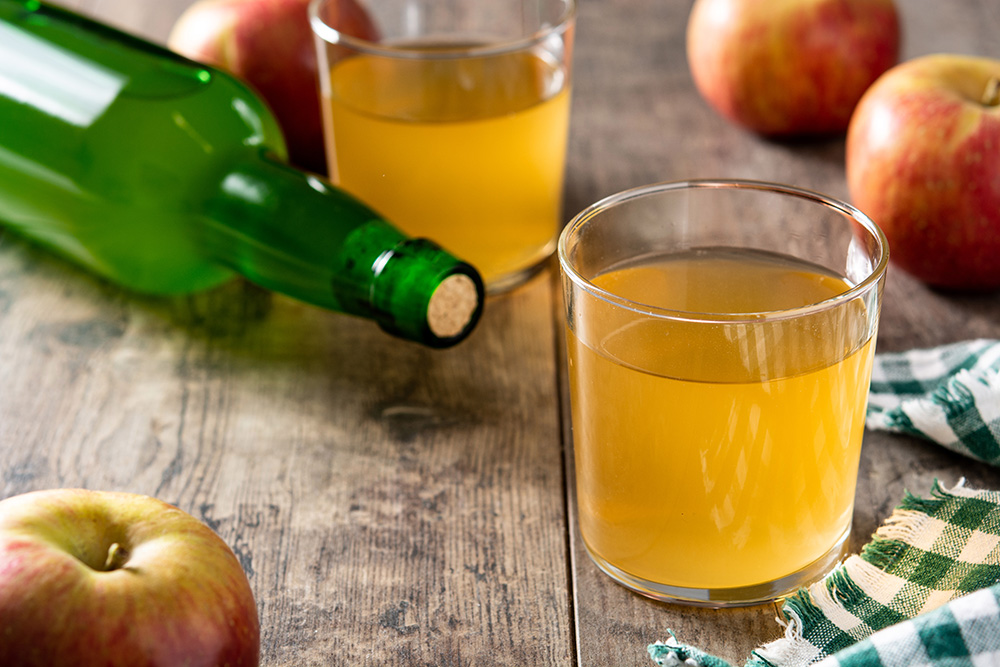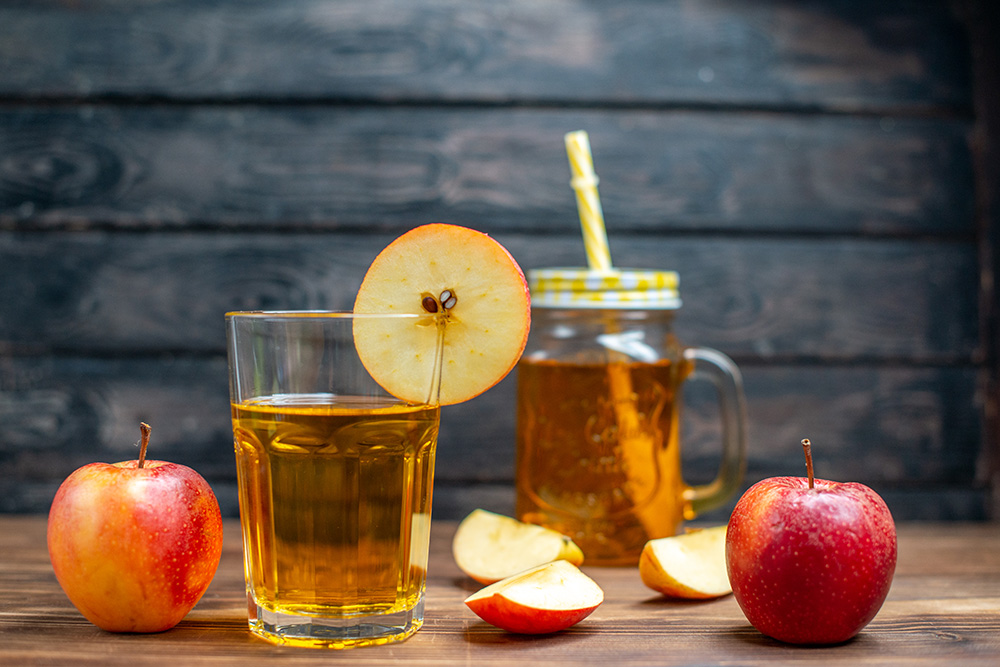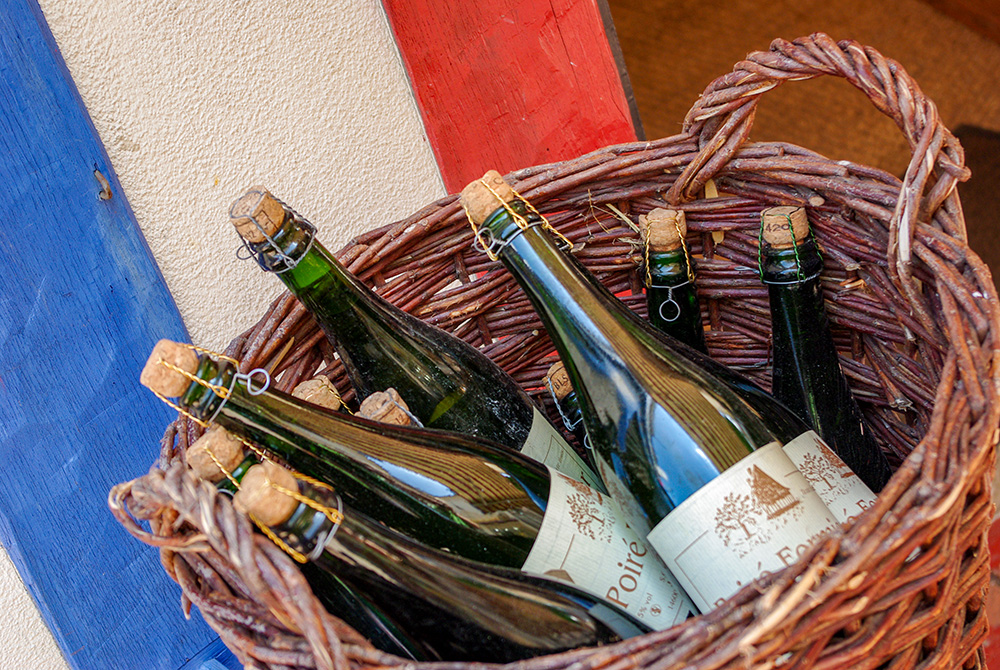Freshly picked apples, warm spices, and baked goods mark the start of a season steeped in tradition and togetherness. Among these rituals, few are as enduring as the making and sharing of apple cider.
Whether simmering over an open flame or poured fresh at a local orchard stand, cider has become symbolic of harvest-time comfort.
In many kitchens, the same sense of nostalgia that surrounds a bubbling pot of stew in a Dutch oven also lingers around a jug of cider because both evoke a return to simple, time-honoured ways of preparing and enjoying seasonal foods.
Apple cider’s story dates back centuries, and it has always been cherished by the people and communities that celebrate the harvest each year. So, let’s dive in.
From Ancient Orchards to Early Settlers
The history of apple cider began long before it reached American shores.
Ancient records from Europe indicate that apple-based beverages were widely consumed among the Celts and Romans, who cultivated apples for both eating and fermentation.
By the Middle Ages, cider had become an everyday drink in England, France, and Spain.
Clean water was often scarce, and lightly fermented cider provided a safer and tastier alternative.
As explorers and settlers travelled across the Atlantic, they brought apple seeds, grafting techniques, and their knowledge of cider-making to the New World.
In the early days of the American colonies, apples grew abundantly, and nearly every homestead had its own orchard.
Cider presses were as common as bread ovens.
The drink was consumed daily, by both adults and children, often diluted with water or sweetened with honey.

Apple Cider and the Fabric of Fall Traditions
As the United States evolved from scattered settlements to growing towns, apple cider began to take on new meaning.
It shifted from a daily drink to a symbol of seasonal change and harvest celebration.
Each autumn, communities gathered to press apples into cider, a process that was both labour-intensive and social.
Families and neighbours would work side by side, turning bushels of apples into gallons of liquid gold.
By the 19th century, cider pressing had become a highlight of fall festivities.
Local fairs and church gatherings featured cider as a central refreshment, and the act of making it together reinforced community bonds.
Non-alcoholic “sweet cider” emerged as a popular option, particularly as temperance movements gained influence in the late 1800s.
Over time, this version of cider, unfiltered, tangy, and aromatic, became the staple found at modern farmers’ markets and fall events.
It retained the charm of tradition while adapting to new cultural expectations.
From Orchard to Mug: The Craft of Apple Cider Making
Apple cider production may look more industrial today, but the essence of the process remains largely the same.
It begins in the orchard, where apples are chosen for flavour balance.
Once picked, the apples are washed, ground, and pressed to extract the juice.
In traditional methods, the juice might be allowed to ferment naturally, producing a lightly alcoholic beverage.
In modern non-alcoholic production, the cider is pasteurised to preserve its freshness.
The quality of cider often depends on the diversity of apples used and the care taken at every step.
Each region brings its own character to the drink.
New England ciders, for instance, often lean crisp and sharp, while Midwestern varieties tend to be mellow and sweet.
What remains consistent is the emphasis on craftsmanship and the idea that cider should taste of the orchard it came from.
Even as commercial production has expanded, small-batch cider houses and family farms continue to uphold traditional methods, so that each pour connects drinkers to a long line of makers before them.

A Modern Revival With Old-World Roots
In recent years, cider has enjoyed a cultural resurgence.
Farmers’ markets now feature both traditional sweet cider and a new wave of artisanal hard ciders crafted by independent producers.
The revival mirrors a broader appreciation for locally sourced foods and heritage recipes.
Fall festivals across the country have embraced cider tasting as a centrepiece of seasonal entertainment, pairing it with apple-themed dishes and live demonstrations of pressing and cooking.
Cider’s modern popularity also extends to the kitchen.
Its balance of sweetness and acidity makes it a versatile ingredient in seasonal recipes, and it’s used to glaze roasted vegetables, flavour baked goods, or add depth to braised meats.
The same qualities that made cider a staple in colonial kitchens make it indispensable in contemporary ones.
Apple Cider: Pouring History Into Every Glass
Apple cider remains one of the purest symbols of fall.
It’s a drink that unites past and present through taste, tradition, and care.
Its story is a reflection of how small rituals evolve yet endure.
Every pour carries with it the history of ancient orchards, the hard work of early settlers, and the joy of today’s harvest celebrations.





